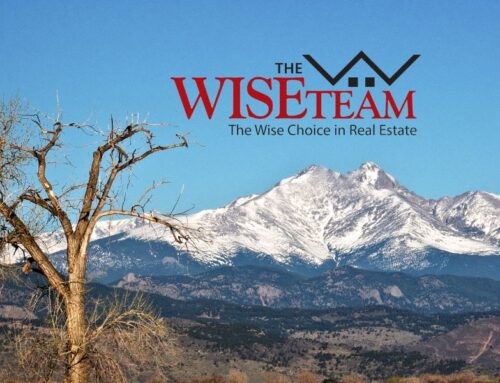Colorado’s Cost Of Living
What is the Cost Of Living & How Is It Calculated
The Cost Of Living Index is a numerical representation of how much it costs to live in an area when compared to an average or base.This index is compiled by individual companies and is used to help people understand how their income compares to different areas or markets. Each index has its own variables and puts different weight on data points, so when you look at an index make sure to understand what they’re looking at. In this blog, we compare the cost of living in our local areas compared the national averages. This base number (represented as 100) looks at the cost of food and groceries, transportation, healthcare, utilities, prices of real estate, and cost of recreational activities. When comparing an area, like Durango, Colorado, to the national average we’ll be given a number like 128.9. This means it’s 28.9 percent more expensive to live in Durango than the national average cost of living.
Many companies take this Cost of Living Index and create calculators for people to show the comparable incomes of differing locations. For instance, a person living in Denver making $50,000 a year would need to make $113,000 a year in Manhattan to experience the same quality of living.
Colorado’s Cost of Living
Colorado has always been costly compared to many parts of the United States. As of January, 2022, the Cost Of Living Index for Colorado compared to the national average is 121.1. This is affected mostly by the cost of housing (166) and the cost of transportation (107). The national average value of a home is $291,700, while Denver’s average home value is $488,600. The cost of food and groceries, as well as recreational activities, is just about 100, while healthcare (93) and utilities (96) seem to be cheaper.
Denver’s Cost of Living
Compared to Colorado at large, Denver is a little more costly. With a Cost of Living Index of 128.1, it’s noticeably more costly than towns outside the metro area. The main drivers of this higher cost are the price of houses (184) and transportation (116). Even with a decent public transportation program Denver is not set up for inexpensive means of travel compared to other major metropolitan areas. The cost of food in Denver is more expensive than the rest of Colorado, with an index of 102. The redeeming costs in Denver mirror closely the rest of the state: healthcare (93) and utilities (96).
Boulder’s Cost of Living
Nothing in the Denver Metro Area compares to Boulder. Everyone knows Boulder is one of the most expensive cities to live in Colorado. It has a cost of living index of 167.4! This is mostly due to the average price of real estate. With an average value of $941,000 the index is 319. The cost of food (107) and recreational activities (108) are also noticeably higher than the rest of Colorado. The redeeming factors of living in Boulder come in transportation (95), healthcare (94), and utilities (92).
Longmont’s Cost of Living
Longmont seems to be a happy median for the Denver Metro Area in terms of Cost of Living (122). Housing prices are a tad higher than the rest of Colorado, at 172. This is due, in large part, to proximity to Boulder. The cost of food (101) is slightly higher than the national average. In tandem with the rest of the state, the costs of healthcare (94), transportation (92) and utilities (98) run less expensive than the rest of the country! Unfortunately the cost of recreational activities is noticeably higher in Longmont, with an index of 109.
Overall, Colorado is an expensive place to live. The cost of living has been rising for decades, as more and more people discover the beauty and ideologies of our communities and make the decision to move here. Healthcare costs are lower in Colorado than most of the country, possibly because many of our cities rank in the top 1% of healthiest cities in the nation – Boulder ranking #1 many times over the past decades. Even with our Regional Transportation District (RTD) mitigating some costs of transportation, you still need a car to get around the metro area, and with gas & parking prices rising we still see costs higher than most of the nation. Longmont is unique, as we have a deal with RTD to provide free bus rides for our community. The most surprising thing about Colorado is the cost of recreational activities. With so much open space available, we would assume these costs would be lower, but it appears with the population density this cost rises dramatically. As we know, even with costs as they are, Colorado is still an amazing place to live!





